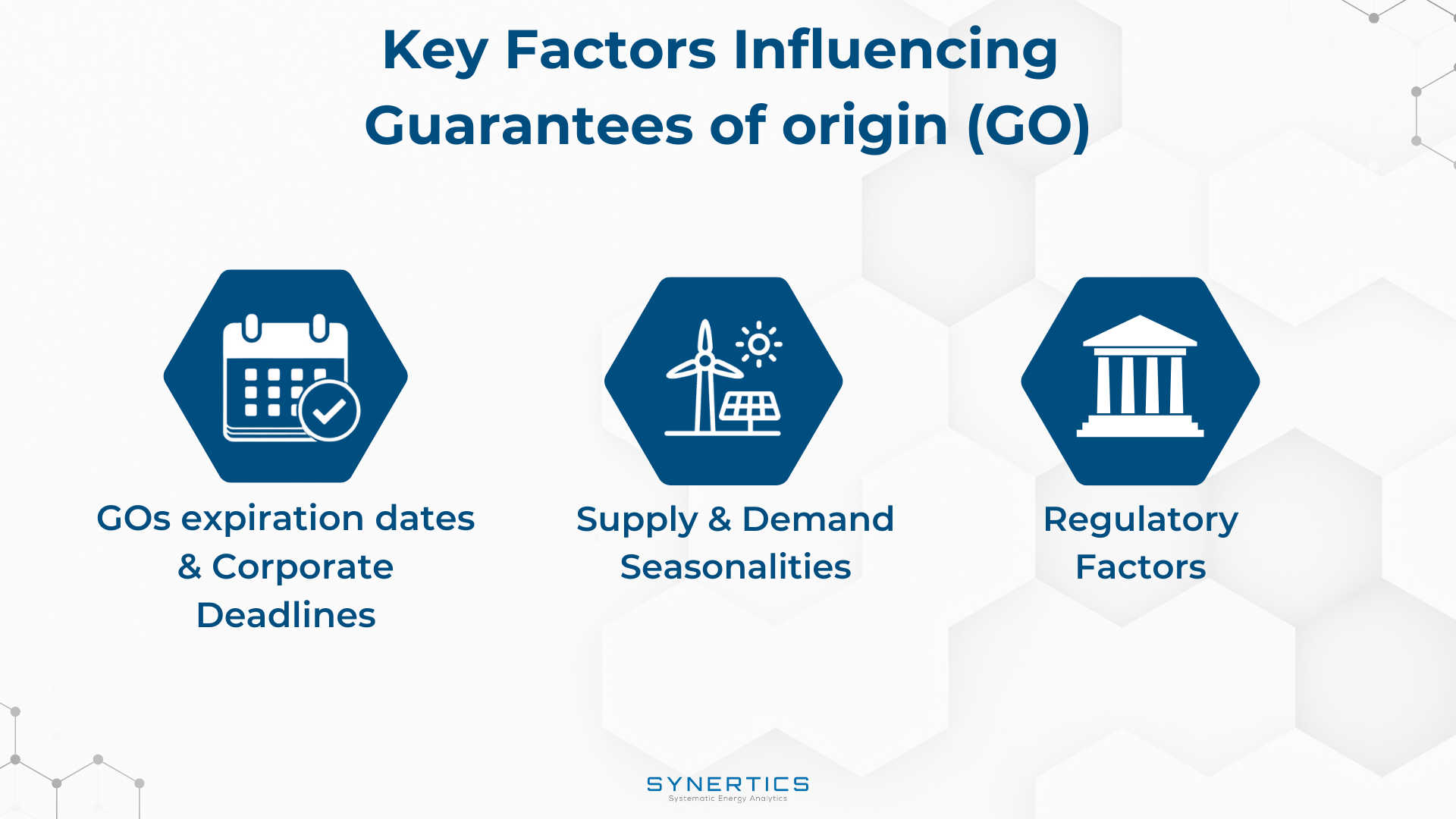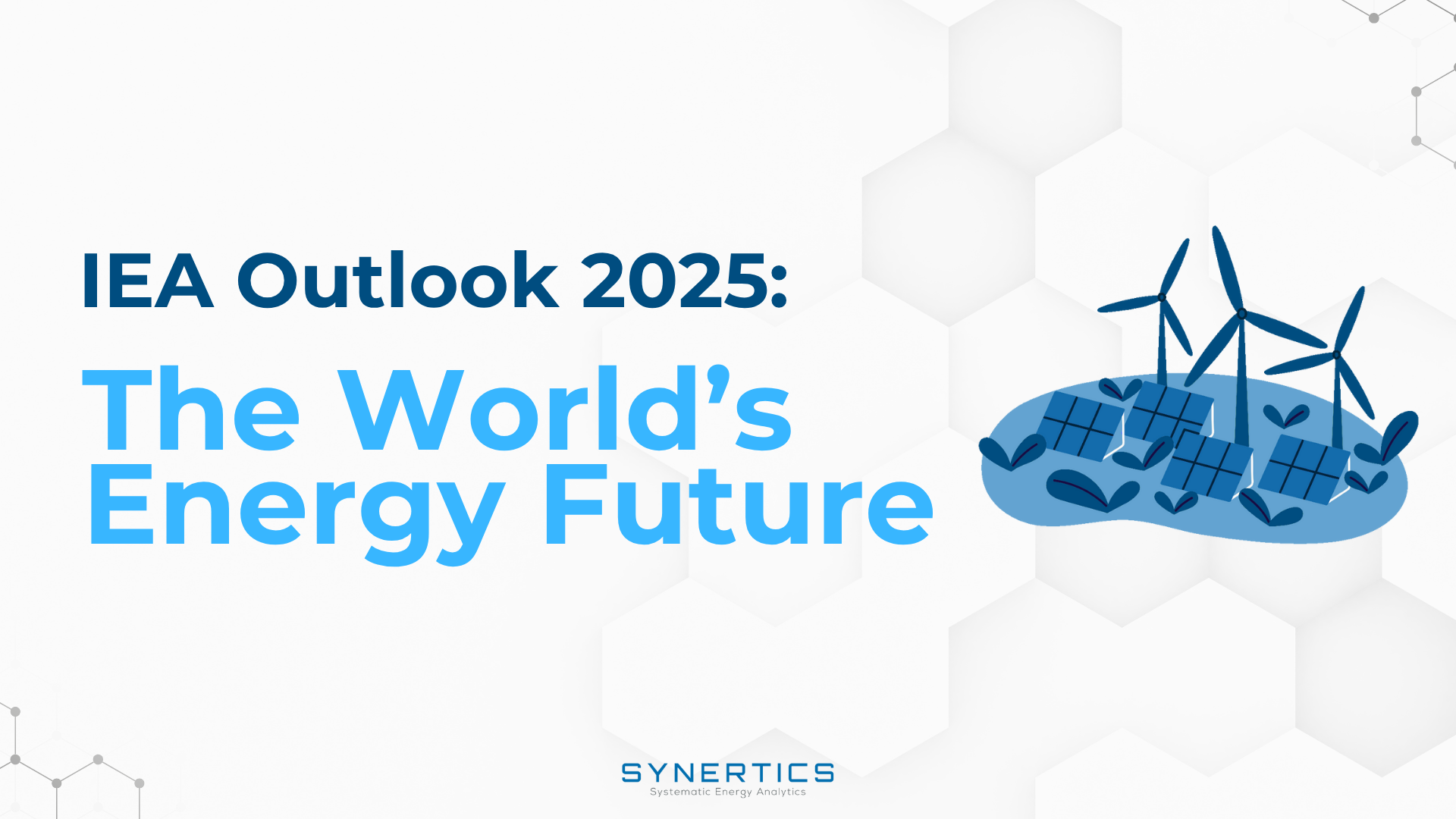Join us on our journey towards renewable energy excellence, where knowledge meets innovation.
Curtailment in the context of electricity generation refers to the reduction or temporary shutdown of power output from a generator. Today we’ll take a closer look at economic and technical curtailments.

Economic curtailment
An economic curtailment occurs when a power generator is instructed or decides to reduce or stop its electricity output for economic reasons. This type of curtailment is often initiated by the generator itself or the offtaker.
The decision to curtail output is typically driven by market conditions where the cost of producing electricity exceeds the market price or when there is a surplus of generation relative to demand. Economic curtailment might also occur if the offtaker has procured cheaper electricity from other sources or if energy storage is not feasible.
While this reduces the revenue for the generator, it may be necessary to prevent financial losses. The generator may opt for curtailment to avoid negative pricing situations or when the cost of maintaining full operation is higher than the expected revenue.
Technical curtailment
A technical curtailment is mandated by the Transmission System Operator (TSO), the entity responsible for maintaining grid stability and reliability. In this case, the curtailment is not driven by economic factors but by technical constraints within the grid.
The TSO may order a curtailment to avoid overloading the grid, prevent voltage or frequency imbalances, or in response to unforeseen technical issues such as equipment failures or network congestion. Technical curtailment can also occur due to limitations in grid infrastructure, like insufficient transmission capacity to handle the generated power.
Technical curtailments are usually non-negotiable, as it is critical to ensuring the safety and reliability of the power grid. This can lead to financial losses for the generator since they are not compensated for the curtailed power, although some jurisdictions might offer compensation under specific conditions.
Influence of negative prices
When prices turn negative, generators face a choice: continue producing power and pay to offload it, or curtail production to avoid losses. Prolonged periods of negative pricing can undermine the economic viability of power plants, especially if they rely on market revenue rather than subsidies or PPAs. For renewable generators, this decision is particularly complex due to potential loss of incentives or contractual obligations.
For example, under curtailment, Guarantees of Origin (GoOs) cannot be issued. In some cases, the revenue from GoOs may exceed the losses from negative prices, making it more profitable to continue production. Similarly, if you have an active PPA without clauses addressing negative prices, it might affect your decision to keep producing.
Reach out to our PPA Advisors to learn why you should pay attention to curtailments in your PPA transactions.

Insights, Market-trends
15th Dec, 2025

Insights
2nd Dec, 2025

Insights
19th Nov, 2025